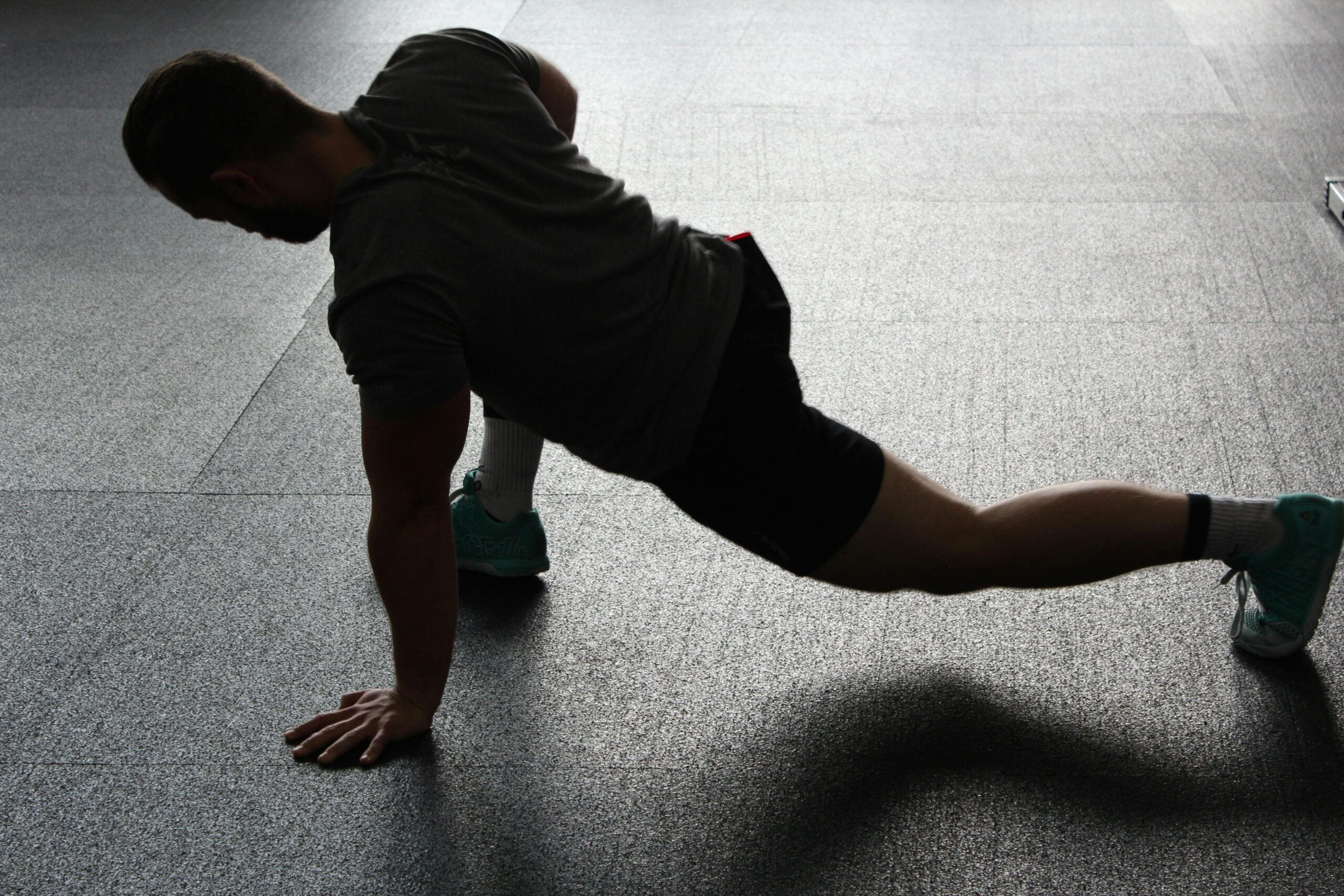Stretching is an essential component of any fitness routine, but not all stretches are created equal. Two primary forms of stretching—static and dynamic—serve different purposes and offer unique benefits. Understanding the distinction between these two types of stretching can help optimize your workout routine and prevent injuries.
Static Stretching:
Static stretching involves holding a stretch position for a prolonged period, typically 30 seconds. This type of stretching is often done at the end of a workout or during a cool-down period.
Benefits of Static Stretching:
- Improved Flexibility: Static stretching helps lengthen and relax muscles, leading to improved flexibility over time.
- Enhanced Range of Motion: Regular static stretching can increase your joints’ range of motion, allowing for better movement during exercise and daily activities.
- Injury Prevention: By increasing flexibility and range of motion, static stretching can reduce the risk of injury during physical activity.
When to Perform Static Stretching:
Static stretching is most effective when performed after a workout or at the end of a physical activity session. It helps relax muscles and reduce muscle tension accumulated during exercise, promoting muscle recovery and preventing stiffness.
Dynamic Stretching:
Dynamic stretching involves moving parts of your body through a full range of motion in a controlled manner. Unlike static stretching, dynamic stretches are typically performed before a workout or sports activity to prepare the body for movement. Examples of dynamic stretches include leg swings, arm circles, and walking lunges.
Benefits of Dynamic Stretching:
- Increased Blood Flow: Dynamic stretching increases blood flow to muscles, which can enhance muscle performance and reduce the risk of injury.
- Improved Muscle Activation: Dynamic stretches activate muscles and prepare them for the specific movements involved in your workout or sport.
- Enhanced Athletic Performance: Dynamic stretching helps improve agility, coordination, and overall athletic performance by priming the body for dynamic movements.
When to Perform Dynamic Stretching:
Dynamic stretching is best performed as part of a warm-up routine before engaging in physical activity. It helps prepare your muscles, joints, and cardiovascular system for the demands of exercise, reducing the risk of injury and improving performance.
In conclusion, both static and dynamic stretching play important roles in a well-rounded fitness regimen. Static stretching is ideal for improving flexibility and preventing injury after a workout, while dynamic stretching is crucial for warming up the body and preparing it for physical activity. By incorporating both types of stretching into your routine and timing them appropriately, you can maximize your performance, reduce the risk of injury, and optimize your overall fitness journey.
References:
- Behm, D. G., & Chaouachi, A. (2011). A review of the acute effects of static and dynamic stretching on performance. European Journal of Applied Physiology, 111(11), 2633–2651.
- McHugh, M. P., & Cosgrave, C. H. (2010). To stretch or not to stretch: the role of stretching in injury prevention and performance. Scandinavian Journal of Medicine & Science in Sports, 20(2), 169–181.



Comments are closed